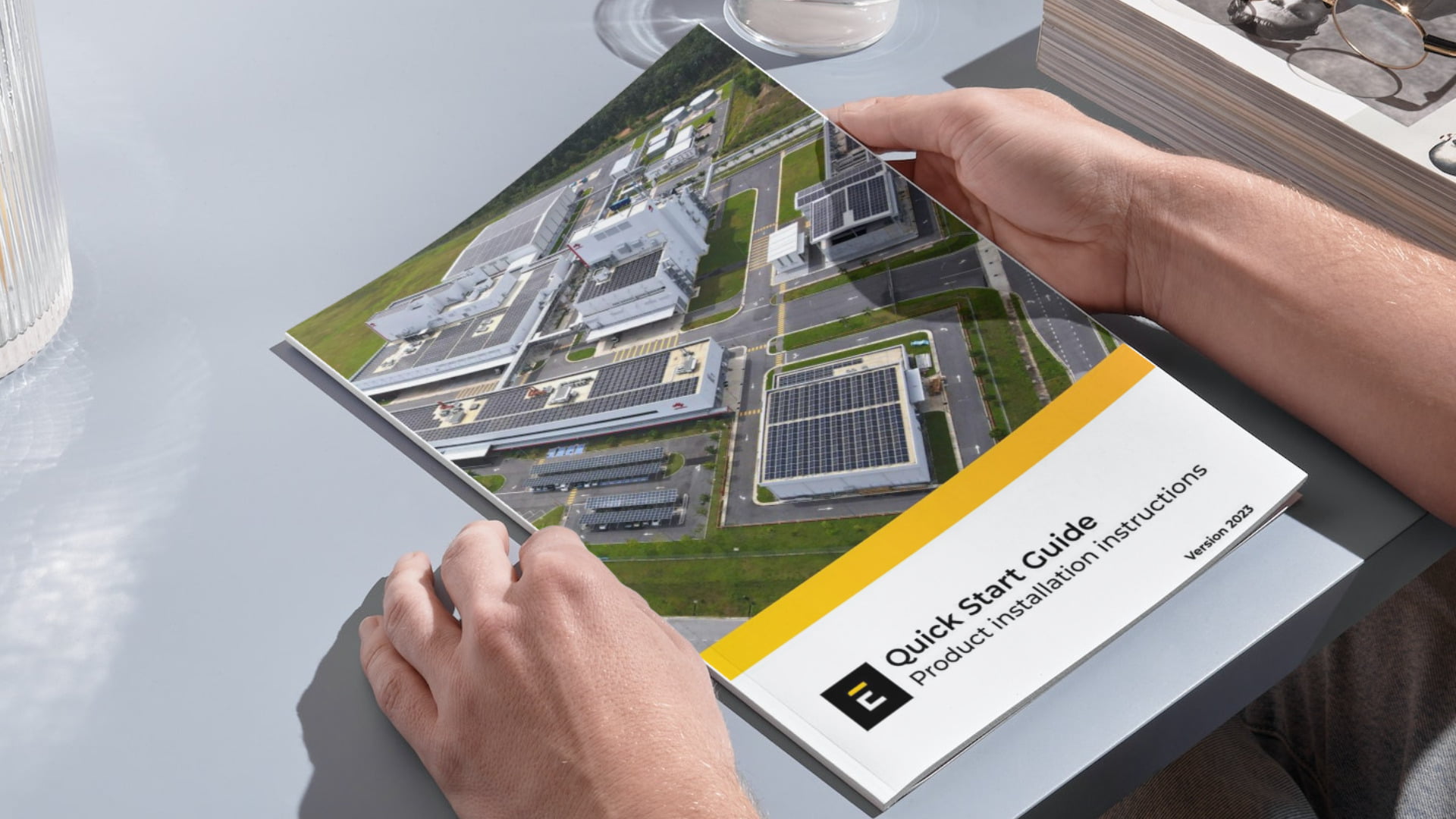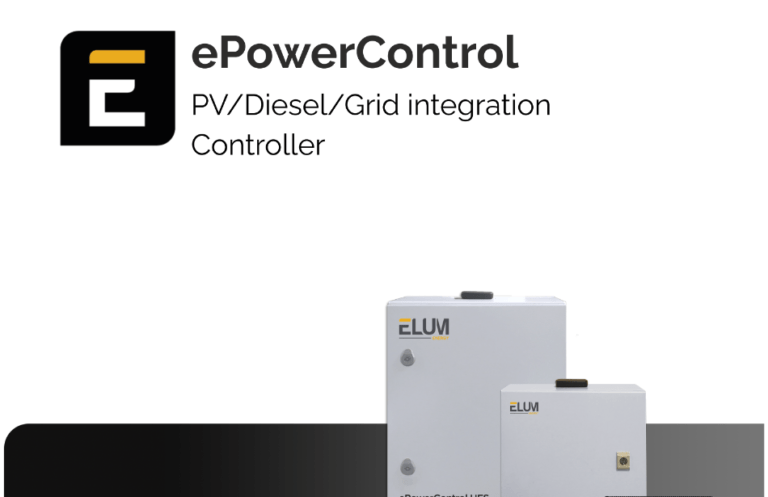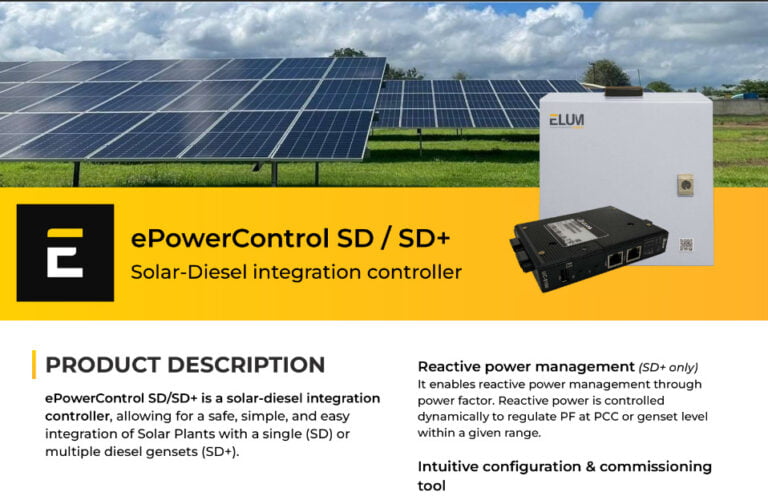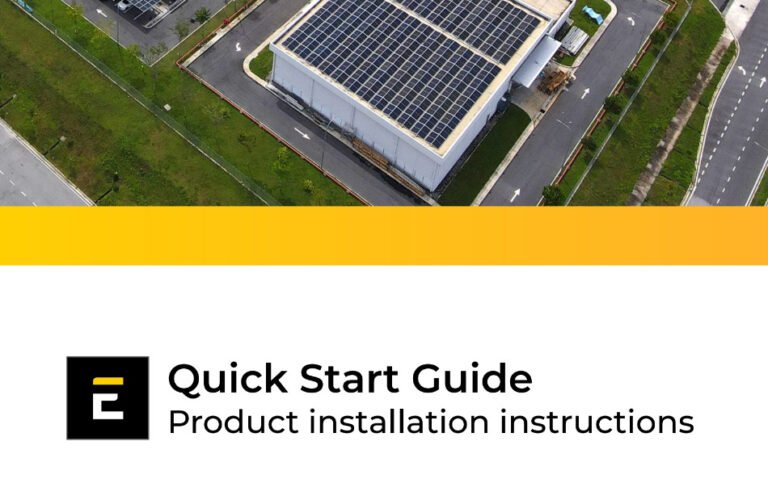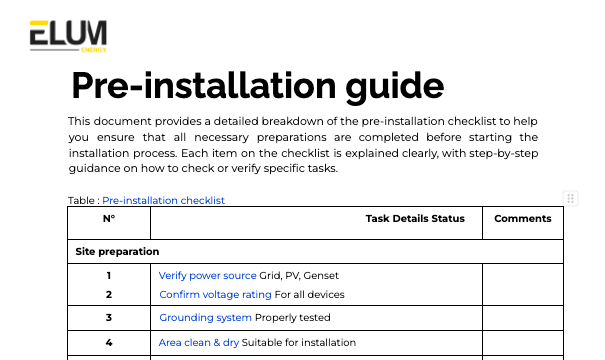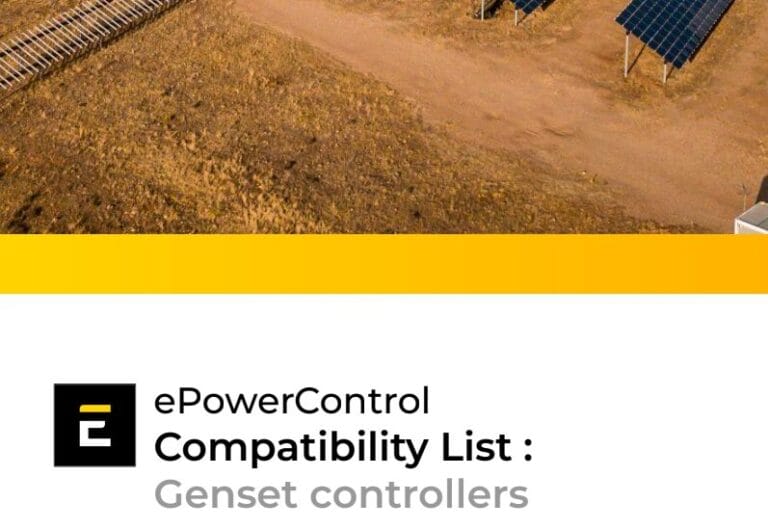Homepage > Elum Academy > Elum Academy: ePowerControl SD Series
ePowerControl SD Series
Unlock full training resources designed to ensure smooth system setup and operation.
Getting started
Get started with our in-depth training course, guiding you through every step of the installation process.
- Lessons 1 & 2: Pre-installation essentials, required tools, and everything you need to get started.
- Lessons 3–7: Step-by-step installation, setup, and configuration of ePowerControl SD/SD+.
For extra help, visit the troubleshooting section for detailed solutions and support.
Course Structure
Objective:
Understand the role of ePowerControl SD/SD+: Gain insight into the SD/SD+ controller’s role in managing solar and diesel integration.
Content
Overview of ePowerControl SD/SD+ : Solar-Diesel integration features, feed-in management, minimum genset loadind, and failsafe strategies.
Objective:
Prepare for installation: Ensure you have all the required tools, equipment, and knowledge for a smooth start to the physical installation of ePowerControl SD/SD+.
Objective:
Installation and internet setup: Learn how to physically install the ePowerControl SD/SD+ and set the internet connection to enable reliable remote access and seamless configuration.
Video Step-by-Step Instructions:
Installation of ePowerControl SD/SD+



Objective:
Meter connections: Follow a step-by-step guide on connecting meters to the Elum unit using Modbus TCP (Ethernet) and Modbus RTU (Serial) to enable accurate energy monitoring and management.
Video Step-by-Step Instructions:
Meters connection - Modbus TCP (Ethernet) & Modbus RTU (Serial)


Reference Material
Please consult our compatibility device evaluator for additional information: https://elum-energy.com/compatibility/
Objective:
PV inverter connections: Learn the process of connecting PV inverters using Modbus TCP and Modbus RTU for efficient data exchange in solar power monitoring and control.
Video Step-by-Step Instructions:
PV inverters connection - Modbus TCP (Ethernet) & Modbus RTU (Serial)


Reference Material
Please consult our compatibility device evaluator for additional information: https://elum-energy.com/compatibility/
Objective:
Genset controller connections: Learn the steps to connect genset controllers to the Elum unit via Modbus TCP and Modbus RTU, enabling reliable backup power monitoring and control.
Video Step-by-Step Instructions:
Genset controllers connection - Modbus TCP (Ethernet) & Modbus RTU (Serial)


Reference Material
Please consult our compatibility device evaluator for additional information: https://elum-energy.com/compatibility/
Objective:
Sensors configuration: Understand how to set up a range of sensors on the Elum unit using Modbus TCP and Modbus RTU, ensuring comprehensive system data collection
Video Step-by-Step Instructions:
Sensors connection - Modbus TCP (Ethernet) & Modbus RTU (Serial)


Reference Material
Please consult our compatibility device evaluator for additional information: https://elum-energy.com/compatibility/
Troubleshooting - ePowerControl SD/SD+
Enhance troubleshooting proficiency: Gain the knowledge needed to effectively diagnose and resolve common issues in hybrid energy systems, enhancing system reliability and performance.
Overview of troubleshooting protocols: Key methods for resolving communication errors, addressing PV curtailment, verifying Modbus configurations, and ensuring accurate system settings in eConf.
